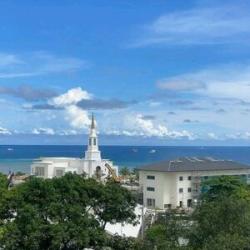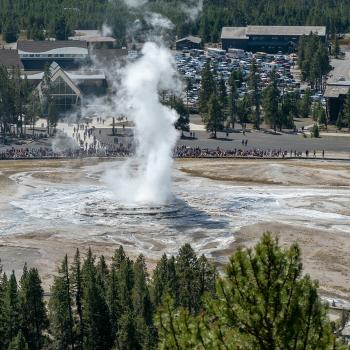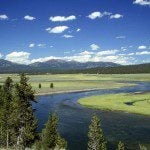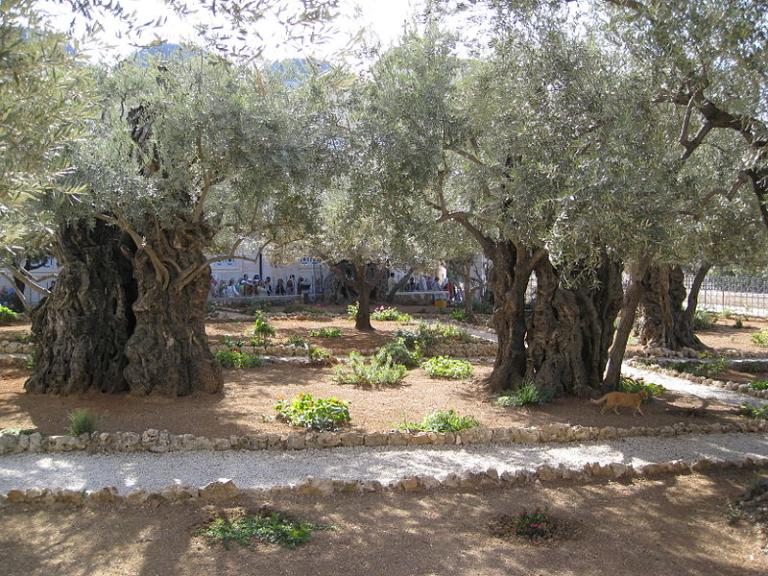
(Wikimedia Commons public domain image)
Compare Matthew 26:30; Mark 14:26; John 12:27; 14:31
1.
The Garden of Gethsemane isn’t and wasn’t a garden in the sense familiar to most Europeans and North Americans. That is, it featured neither carrots, cherry tomatoes, and lettuce, nor different varieties of roses. It probably wasn’t very green. It was (and is) an olive orchard. And it was probably a favorite place of the Savior’s because the most obvious, reasonable, and natural road from Bethany (where he stayed with friends while in Judea in order to save money) over the Mount of Olives to Jerusalem and back runs right past or through it.
2.
Jesus is described as being “very sorrowful, even unto death,” and so forth. And he had good reason to be. He was headed, as he well knew, to crucifixion, an unusually horrible way to die. And he was, in some sense incomprehensible to us, beginning already to take upon himself our sins, failings, and sorrows.
He is despised and rejected of men; a man of sorrows, and acquainted with grief: and we hid as it were our faces from him; he was despised, and we esteemed him not. Surely he hath borne our griefs, and carried our sorrows: yet we did esteem him stricken, smitten of God, and afflicted. But he was wounded for our transgressions, he was bruised for our iniquities: the chastisement of our peace was upon him; and with his stripes we are healed. All we like sheep have gone astray; we have turned every one to his own way; and the Lord hath laid on him the iniquity of us all. He was oppressed, and he was afflicted, yet he opened not his mouth: he is brought as a lamb to the slaughter, and as a sheep before her shearers is dumb, so he openeth not his mouth. (Isaiah 53:3-7)
3.
Only Luke 22:44 mentions the phenomenon of Christ’s bloody, agonized sweat. Traditionally, Luke has been identified as a physician. One might hypothesize that this is the kind of detail that would capture his attention.
4.
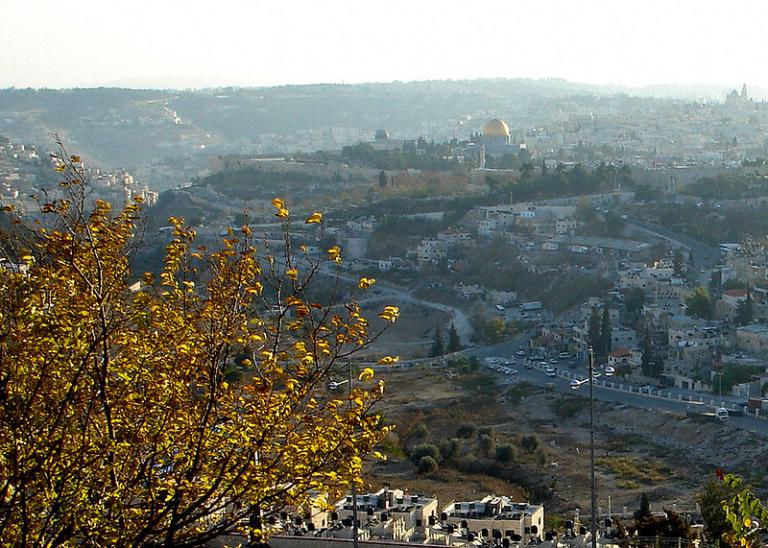
“The brook Cedron” — or, as other versions render it, “the Kidron Valley” — isn’t a bubbling little English brook or alpine rivulet. It’s more like a gulch. Today, it’s overlooked by BYU’s Jerusalem Center for Near Eastern Studies.
Posted from London, England



